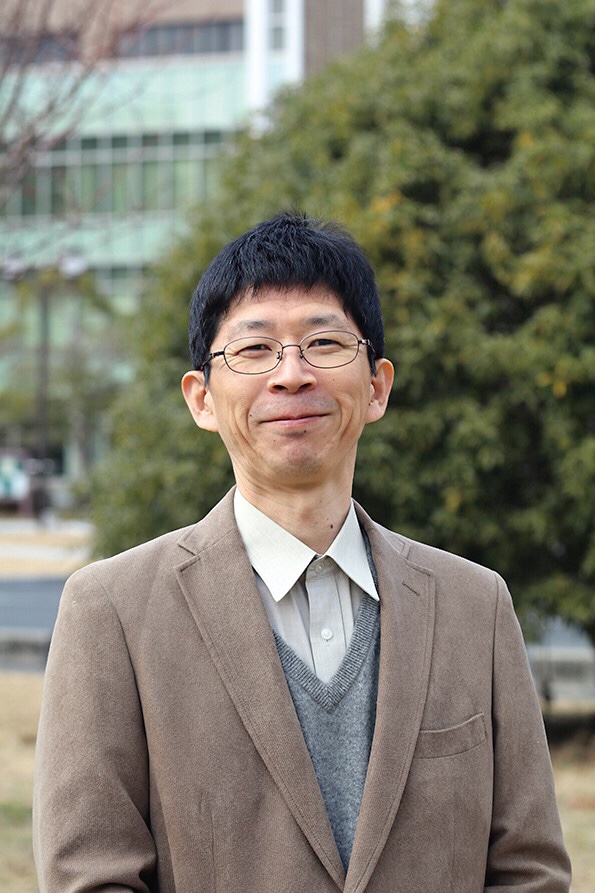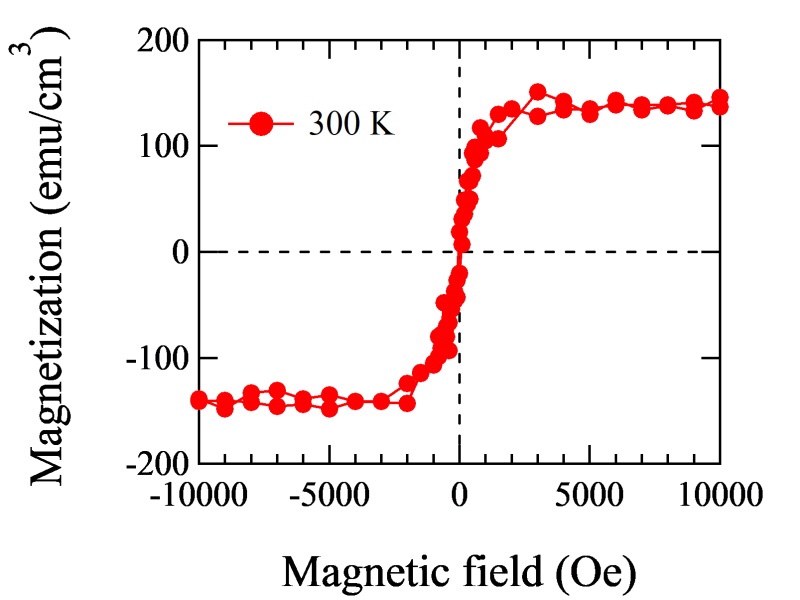
Okayama University, Research Institute for Interdisciplinary Science, Associate Professor Yuji Muraoka

Figure 1. Surface image of Q carbon. The filamentous bright part is Q carbon
Figure 2. Room temperature ferromagnetic behavior of Q carbon.
Okayama Univ.: Success in reproducing new carbon material Q carbon: with a KrF excimer laser
-Expected to develop as an energy material-
Okayama University:
July 30, 2020
◆Key points of the presentation
Ahead of the world,
Successful reproduction of new carbon material Q-carbon.
For Q carbon production, raw carbon and thermal properties,
It is important to strictly control the intensity of the irradiation laser,
It is expected that research on energy saving and energy using Q carbon will be accelerated.
Okayama University: Muraoka Research Group
For the first time in the world, we succeeded in reproducing the production of a new carbon material, Q carbon, which is extremely difficult to produce.
It also provided guidelines for establishing a method for producing Q carbon.
The research results were published in the electronic version of the scientific magazine “Carbon” on June 25, 2020.
Q carbon:
It is a new carbon allotrope reported in 2015.
Room temperature ferromagnetism,
Light emission with a little energy,
Hardness that surpasses diamond,
Superconductivity due to boron doping (addition)
It exhibits unique characteristics.
Conventional: No production of Q carbon
It is possible to produce Q carbon by a very short process using a laser.
However, its production is extremely difficult.
So far, there is no example of making Q carbon other than the discoverer group.
This time: First time to produce Q carbon
This time, the research group has developed a fabrication process using a nanosecond laser.
In particular, we conducted an experiment focusing on the degree of cooling.
Production results:
We succeeded in producing Q carbon by “strictly controlling the degree of quenching of molten carbon”.
To make Q carbon,
The thermal properties of raw carbon
The strength of the irradiation laser
Revealed that tight control is important.
Okayama University
http://www.okayama-u.ac.jp/tp/release/release_id751.html
Formation of Q-carbon by adjusting sp3 content in diamond-like carbon films and laser energy density of pulsed laser annealing
Abstract
In this study, we prepared Q-carbon by adjusting the sp3 content in diamond-like carbon (DLC) films and the laser energy density of pulsed laser annealing (PLA).
The amorphous DLC films
were fabricated on sapphire Al2O3(0001) substrates using a pulsed laser deposition technique with a KrF excimer laser (λ = 248 nm).
The sp3 content in the films
varied between 20% and 42% by changing the laser energy density. Subsequently, PLA was performed on the DLC films by using the KrF excimer laser with energy densities between 0.5 and 1.2 J/cm2.
The prepared films
were characterized using scanning electron microscopy, Raman spectroscopy, and magnetization measurements.
Consequently, for the combination of 20% sp3 content and laser density of 1.0 J/cm2, as well as 42% sp3 and 0.5 J/cm2,
the films showed the characteristic features of Q-carbon:
filamentary nanostructures, the presence of a T band in the Raman spectrum, room-temperature ferromagnetic behavior, and ∼80% sp3 content.
The results indicate that Q-carbon
can be obtained by using a proper combination of sp3 content in DLC films and an appropriate PLA energy density.
This study provides important guidance for establishing a preparation method for Q-carbon.
ScienceDirect
https://www.sciencedirect.com/science/article/abs/pii/S0008622320305923
